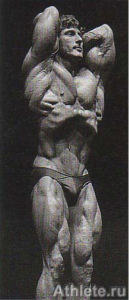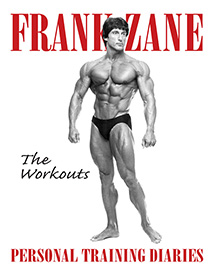The Growth Program, Then and Now – Frank Zane
The Growth Program, Then and Now – Frank Zane
In 2013, I was interviewed about the specific workout plan I used when training for Mr. Olympia between 1976 and 1983 to add muscle mass. In the article below, I take you though the steps I took along the way of my transformation and following that, I explain what changes I would make to this routine if could I replay that whole period. I hope you enjoy it! FZ
Note: The entire routine outlined below is included in my book “The Workouts -Personal Training Diaries” with over 180 different workouts that I did over a 40 year period. It is available on Amazon/Kindle. Learn more here https://frankzane.com/books/The_Workouts.html
ZANE BODYBUILDING MANUAL
Also be sure to check out my newest book Zane Bodybuilding Manual which contains 436 pages of my best workout routines, tips, posing advice, nutritional guidance, mindset, meditation and more! It also has over 500 photos to show you the exercises, form, and poses. Order yours today and Frank will autograph it for you!

ZANE BODYBUILDING MANUAL


https://frankzane.com/books/The_Workouts.html


